Deptford Pink (Dianthus armeria) is a charming annual wildflower that belongs to the Caryophyllaceae family. Native to Europe and extending eastward to Ukraine and the Caucasus, this species thrives in diverse environments. It typically grows between 30 and 76 cm tall and is often spotted in disturbed areas, pastures, roadsides, railroad tracks, and woodland edges.
This plant is well-known for its delicate clusters of bright pink flowers, which are small yet striking. The nectar-rich blooms are a magnet for pollinators such as butterflies, skippers, bees, and flies, adding life and movement to its surroundings. The name “Deptford Pink” originates from an area in England where the plant was once abundant, highlighting its historical significance.
| Common name | Deptford Pink, Grass Pink, Mountain Pink |
| Botanical name | Dianthus armeria |
| Family | Caryophyllaceae |
| Species | armeria |
| Origin | Europe, and east to the Ukraine and Caucasus |
| Life cycle | Annual |
| Plant type | Annual |
| Hardiness zone | 3, 4, 5, 6, 7, 8 |
| Sunlight | Full Sun |
| Maintenance | Low |
| Soil condition | Clay |
| Soil ph | Neutral |
| Drainage | Well-Drained |
| Growth rate | Medium |
| Flowering period | Fall |
| Flower color | Pink |
| Leaf color | Green |
| Fruit color | Black |
| Stem color | Green |
| Fruit type | Capsule |
| Flower benefit | Good Cut |
| Garden style | Drought Tolerant Garden |
| Uses | Meadow |
I. Appearance and Characteristics
Dianthus armeria, the Deptford pink or grass pink, is a species of Dianthus (“pink”) native to most of Europe, from Portugal north to southern Scotland and southern Finland, and east to Ukraine and the Caucasus. It is naturalised in North America.
The name Deptford pink was coined in the 17th century by naturalist Thomas Johnson, who described a pink flower growing in Deptford in South-East London. However, it is very likely that Johnson was actually describing the related maiden pink, and it is unlikely that this species has grown in the area it is named after since the city of London was built.
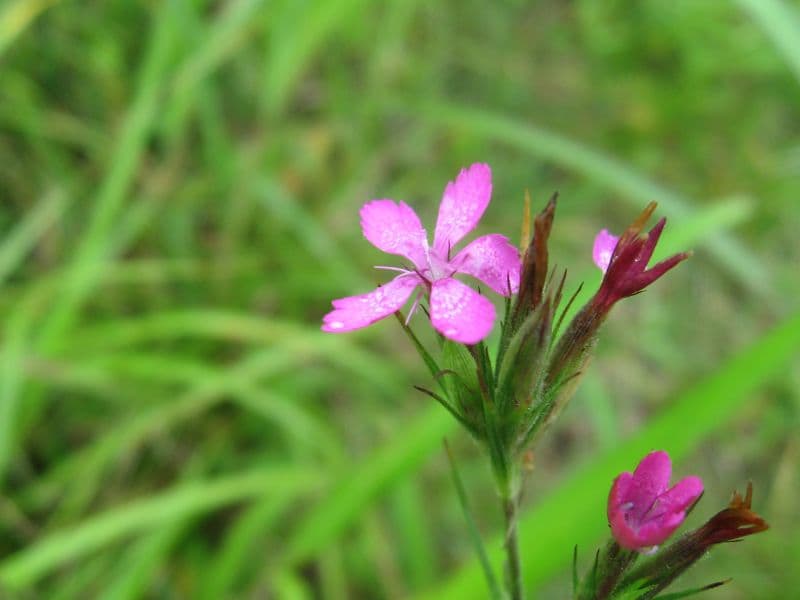
Dianthus armeria is an annual or biennial plant which grows to about 60 centimetres (2.0 ft) tall and has a very slender appearance. It has widely spaced, paired leaves, and above these it branches rather sparingly. At the ends of the stems there are short-stalked or stalkless clusters of deep-pink flowers that are surrounded by erect, hairy, leaf-like bracts.
These can also be located laterally. Each flower is 8 to 13 millimetres (0.31 to 0.51 in) in diameter and has 5 lanceolate petals, each with irregular serrated edges and small white spotting on the upper surface. The leaves are hairy, dark green in colour and slim in shape.
Dianthus armeria is a species of open and periodically disturbed sites. It is normally an annual but can be biennial or a short-lived perennial. New leaf rosettes form at the base of old plants from buds located on their roots, demonstrating that this species is in fact a short-lived perennial and has a life-span of less than two and a half years. It flowers from July to September.
Its flowers are scentless and do not appear to be insect pollinated often, with self-pollination the norm. Each plant gradually releases around 400 seeds from their pods; however, some plants may hold a small fraction of the seeds they produce over winter. It closes its blooms in the late afternoons.
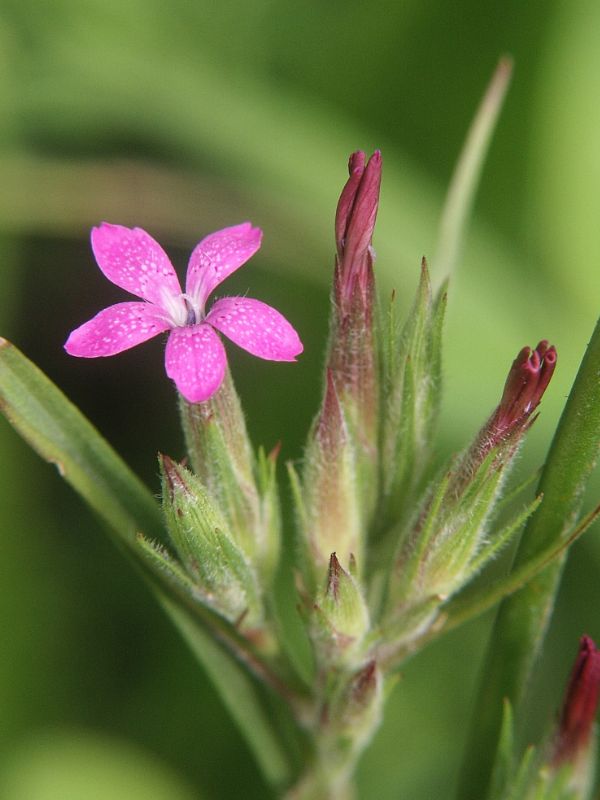
II. How to Grow and Care
Sunlight
Deptford pink prefers to be planted in either full or partial sun, where it can enjoy at least 6 hours of sunshine each day. They will never flourish to their best ability in shaded areas of the garden.
Temperature
With species native to Europe, Asia, North Africa, and even the arctic regions of North America, it is easy to see why the deptford pink has become a favorite hardy plant variety. Species such as the ‘northern pink’ are even ideal for colder climates. Therefore, it is no surprise that most gardeners will be able to find a deptford pink to suit their climate thanks to their adaptability.
Watering
Thriving in its native habitat’s moderate moisture levels, deptford pink exhibits a preference for consistent hydration without waterlogging. This species is drought-tolerant to an extent but flourishes when maintaining soil moisture that mimics its natural environment. Watering every week will sustain its vitality and support its growth patterns.
As an outdoor plant often found in temperate zones, deptford pink has adapted to seasonal rainfall patterns, which influences its moderate watering needs and contributes to the timing of its flowering phase.
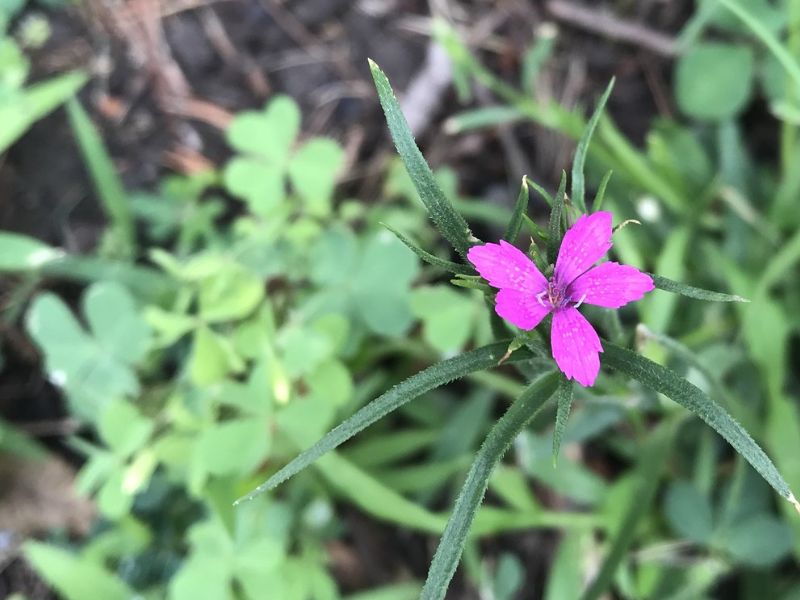
Soil
Deptford pink prefers to be planted in well-drained, fertile soil. A neutral to alkaline pH soil such as chalk or loam is best for growing. The plant’s tolerance against drought makes it popular amongst beginner gardeners, as it can survive with minimal effort or strict watering regime.
However, it will not flourish under poor drainage. For this reason, it’s best to add extra drainage in the form of horticultural grit or sand to your soil if you are gardening in an area with heavy clay soil or where the water table is particularly high and the soil is likely to become wet and compacted during the winter months.
Fertilizing
For optimal growth, deptford pink benefits from fertilization with balanced nutrition fertilizers, preferring formulations high in nitrogen. Apply every 4-6 weeks during the active growing season. An amount according to package instructions encourages vibrant blooms and robust health. Avoid over-fertilization to prevent root burn. In dormancy, reduce frequency, catering to slowed growth. Tip: lightly water soil before and after application to enhance nutrient absorption and protect roots.
Pruning
Deadheading deptford pink is the ideal way to prolong the flowering season, saving nutrients for new blooms. This should be done regularly once flowers are wilt. Most varieties respond well to a good pruning after flowering. This encourages new growth and possibly a second bloom later in the season.
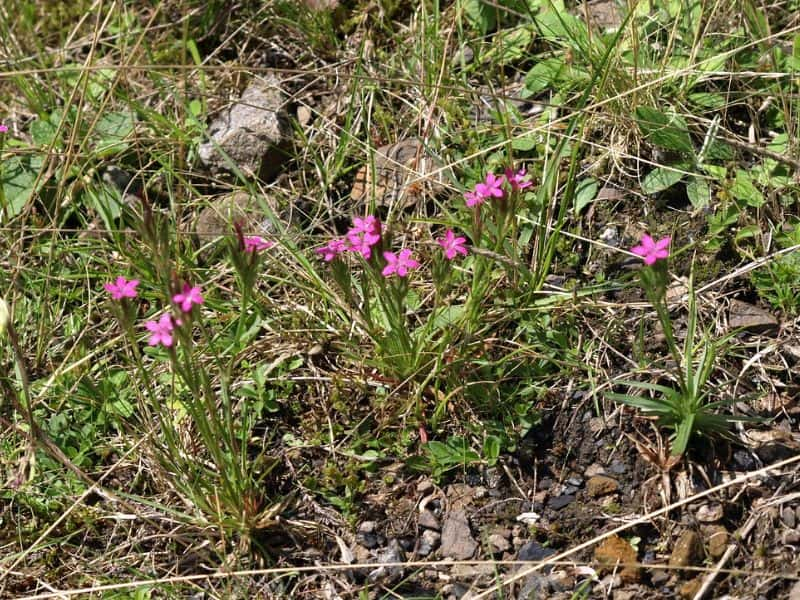
Propagation
Deptford pinks are best propagated from seed or stem tip cuttings – their slender taproot makes division difficult.
From Cuttings
Tip cuttings of non-flowering stems can be taken from mid-spring to early summer.
Use clean, sharp scissors or garden shears to cut stem tips about five inches long, cutting just below a set of leaf nodes.
Fill trays or four- to six-inch pots with a finely textured potting medium, then insert stems into the soil up to the first set of leaves. Space cuttings evenly so the leaves aren’t touching so they have ample air circulation.
Gently firm the soil around the stems then water gently but thoroughly to saturate the soil.
Cover with a cloche, dome, or plastic bag.
Place in a bright location and keep the soil lightly moist until the cuttings have rooted, in about three to four weeks.
Remove covers every day or two for a couple of hours for air circulation, which helps to prevent fungal infections. Once new growth starts, remove the covers for good.
After the cuttings are rooted with new growth, pot up each stem in its own container and set in a warm, sheltered site in the garden with afternoon shade.
Plant out into the garden in early autumn or keep them in an unheated greenhouse or cold frame for transplanting the following spring.
From Seed
Direct-sown seeds usually don’t flower until the following year, but they can if started early enough.
For first-year flowers, sow seeds indoors from late winter to early spring, or six to eight weeks prior to your first predicted frost-free date.
To start seeds indoors, fill seed-starting trays or small containers with fine-textured and well-draining potting medium.
Sprinkle the seeds evenly and cover lightly with soil, about an eighth of an inch deep.
Water gently to moisten the soil then cover with a cloche, dome, or plastic bag to create a greenhouse effect.
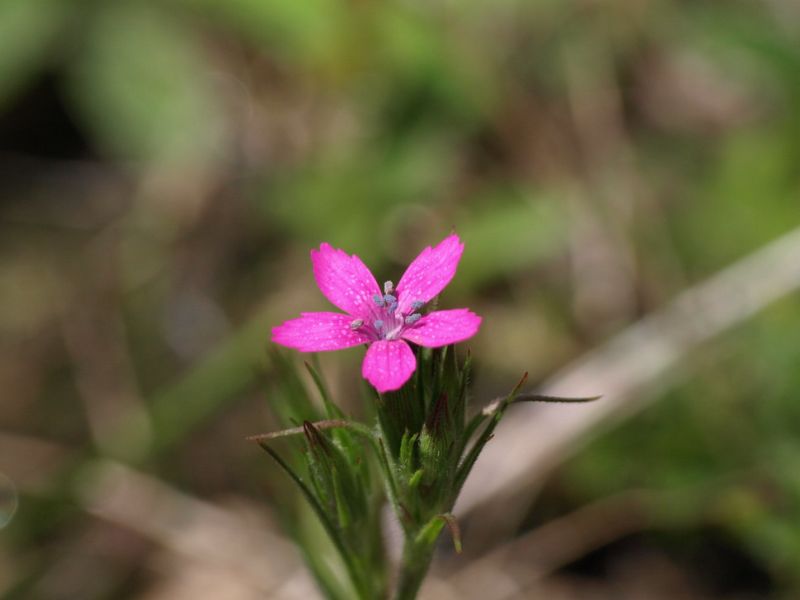
Set in a bright location and keep the temperature at 60°F until germination, which typically happens in seven to 14 days.
After seedlings emerge, remove the cover every couple of days to allow for air circulation.
When the seedlings have two or three sets of true leaves, you can transplant them into the garden or larger containers after all risk of frost has passed.
To direct sow outdoors in spring, cold stratify first by mixing the seed with slightly moist landscape sand and storing it in the refrigerator for 30 days.
After all danger of frost has passed, you can sow the stratified seeds an eighth of an inch deep in fertile, well-draining soil.
When the seedlings are four to six inches tall, thin them so they are 10 inches apart.
Seeds can also be sown outdoors in autumn to naturally stratify outdoors through the winter before germinating in spring.
Transplanting
Transplanting deptford pink is best done during the transition from spring to summer (S3-S4) when the growing momentum peaks. This plant prefers sunny locations with well-draining soil. Remember to water deptford pink regularly after transplanting for successful growth. Keeping these simple transplanting tips in mind will help your deptford pink thrive!
Pests and Diseases
Deptford pinks are hardy plants with few problems but they can be bothered by the following issues.
Sapsucking aphids are a common problem. These pests cause yellowing of leaves and stems that can weaken plants.
Usually a strong jet of water from the garden hose is enough to dislodge them – repeat as needed until plants are de-bugged. For dense infestations, use a natural pesticide like neem oil to spray plants.
Fusarium wilt (Fusarium oxysporum) and pythium root and stem rot (Pythium spp.) cause stunted or uneven growth, wilting, and crown rot.
As these are caused by soilborne pathogens, remove and destroy infected plants and ensure new plants are set in a well-draining, sterile medium. Avoid overwatering and overhead watering – splashing water quickly spreads these diseases.
Composted pine bark mixed into the soil also offers a degree of prevention against Pythium water molds.
Rust is a fungal disease that causes small brown-to-rust blisters on the leaves and stems, cracking, yellowing, and plant decline.
Caused by Uromyces dianthi, gardeners who spot signs of rust should remove and destroy infected sections and provide ample spacing for good air circulation. Avoid overhead watering or watering late in the day.
III. Uses and Benefits
Deptford pink is a showy flowering species that is valued ornamentally in gardens for its attractive pink blossoms. Unlike some other popular garden flowers, deptford pink does not possess a strong fragrance nor does it attract insect pollinators, so it may be preferred by gardeners who do not want bugs. This species grows best in gardens in loamy clay soils or gravelly soils.
Find Where to Buy the Best Deptford Pink (Dianthus armeria)

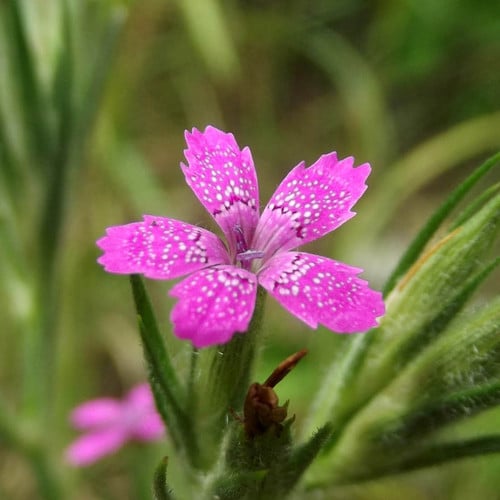

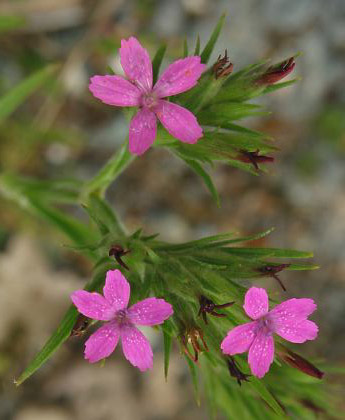

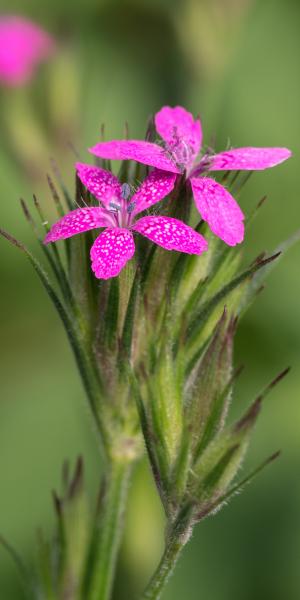
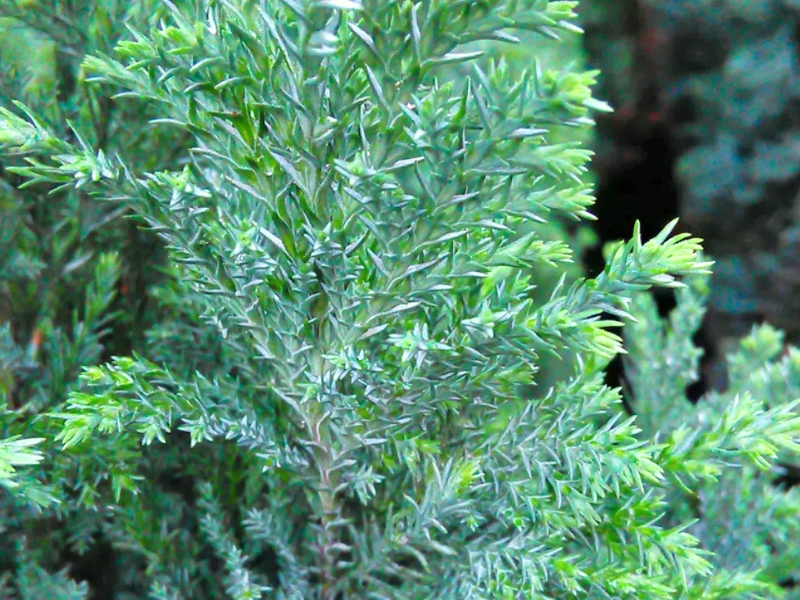
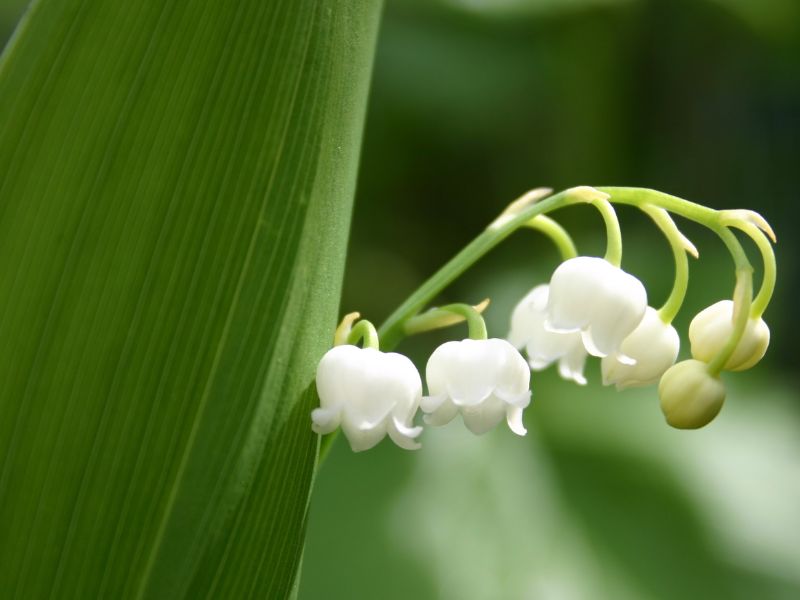
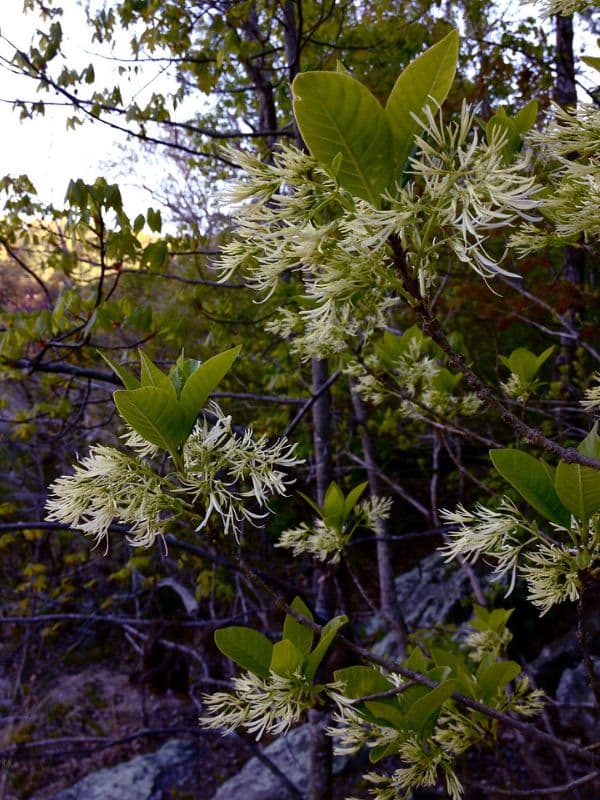
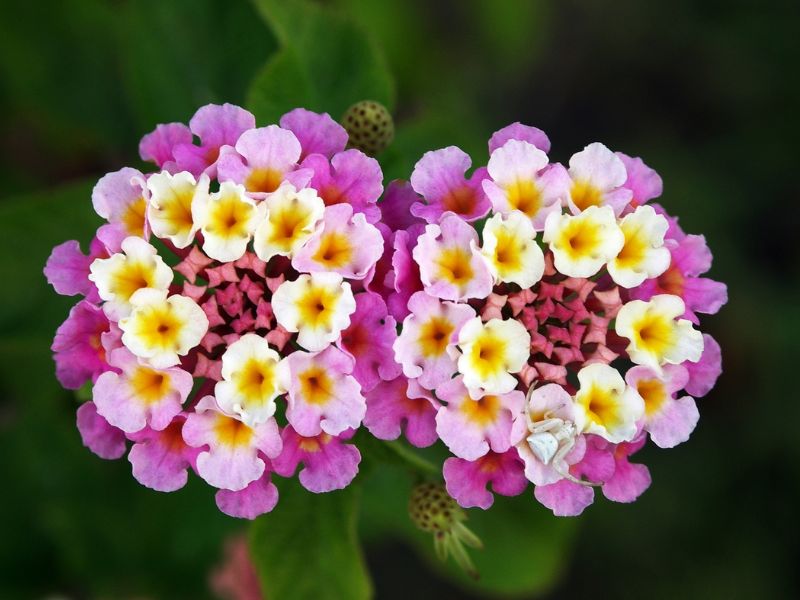
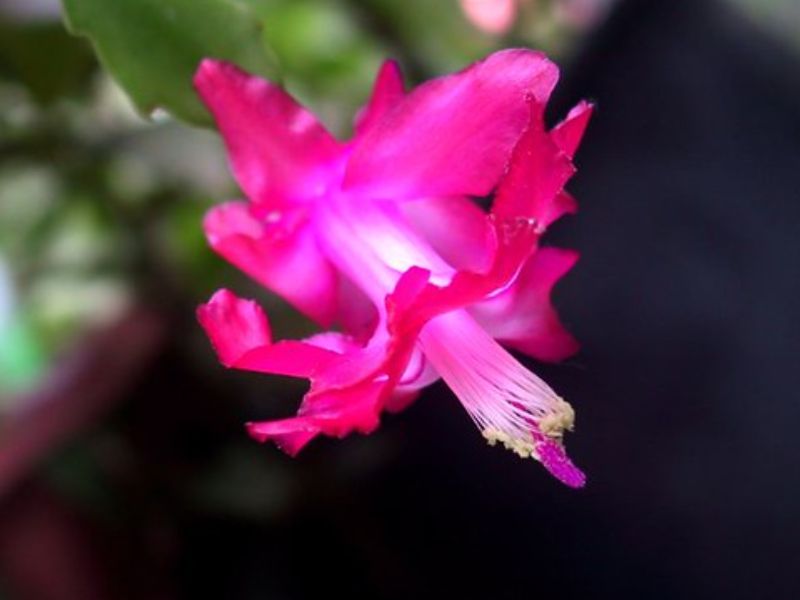
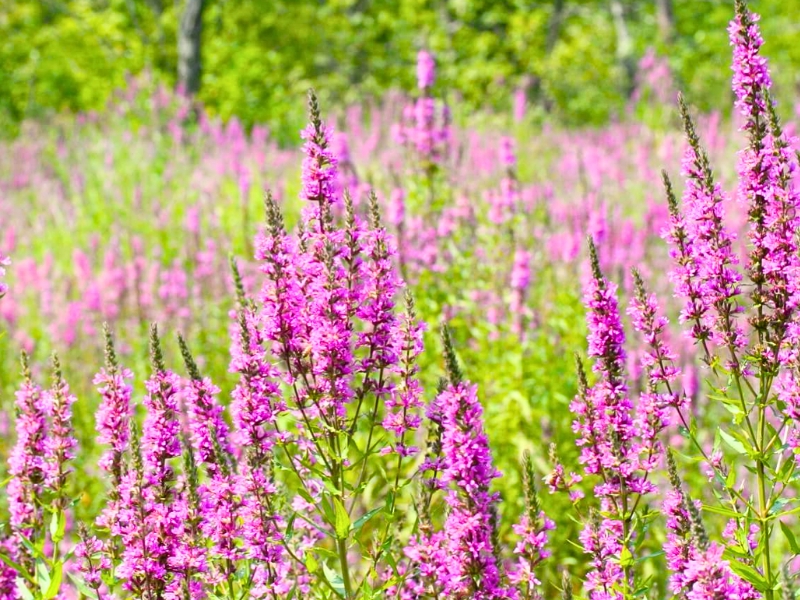
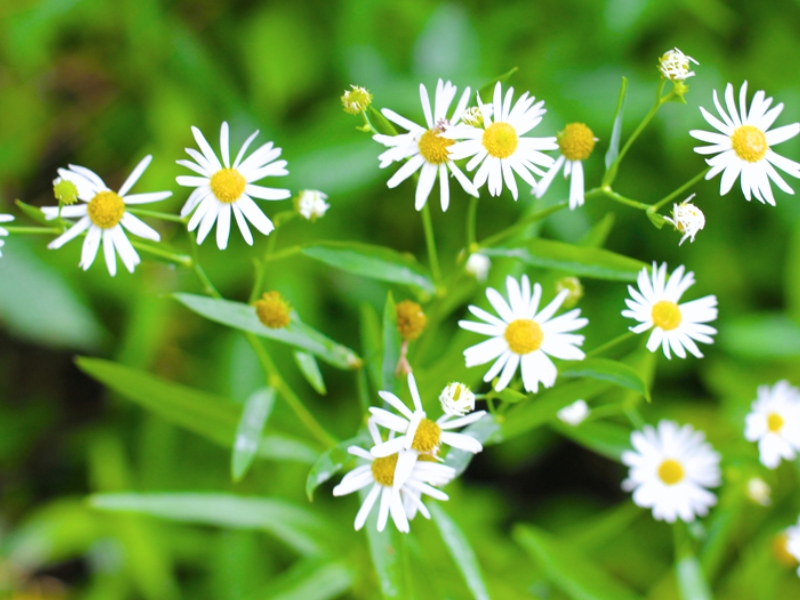
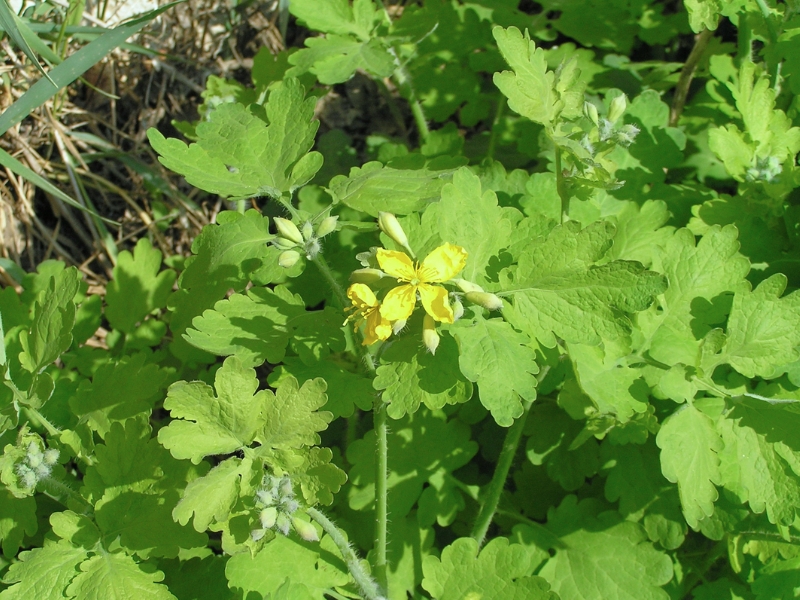
Leave a Reply